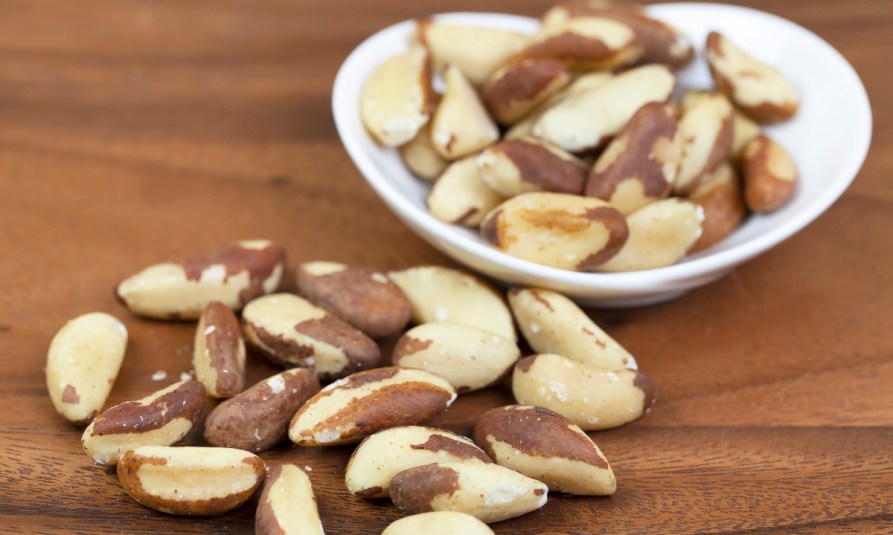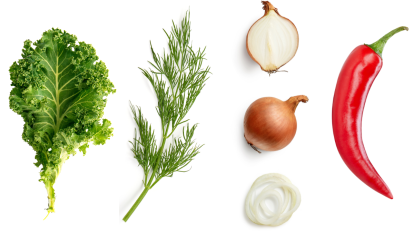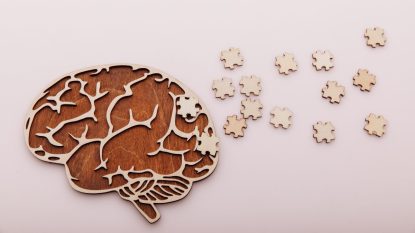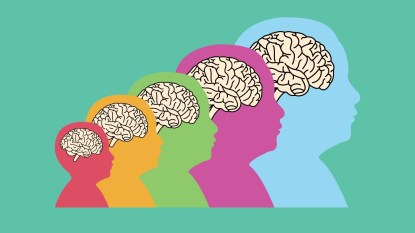A Trace Mineral in This Nut May Help Reverse Cognitive Aging and Memory Loss

Taking care of our minds with exercise that tests our brains and keeping a healthy diet is increasingly important as we age. From completing crosswords to eating fish rich in omega-3 fatty acids, there are plenty of ways to reduce our risk of cognitive decline. But there’s one nutrient that we don’t often think of when it comes to boosting brain health: selenium.
In a recent study published in the journal Cell Metabolism, researchers from Australia, Germany, and China teamed up to test the benefits of selenium on cognitive decline. They wanted to better understand why exercise promotes neurogenesis (the creation of new neurons, or brain cells). So, they performed a series of comprehensive tests on laboratory mice. They found that the mice developed very high levels of selenoproteins (proteins containing selenium) in response to exercise. Would that mean, then, that this trace mineral could improve brain health? The researchers decided to find out.
What is selenium?
Selenium is a trace mineral naturally found in certain vegetables, nuts, and meats. Trace minerals are minerals that you need in only small amounts — as opposed to minerals like calcium, phosphorus, magnesium, and sodium, which are called macrominerals.
While you only need a small amount of selenium each day, it’s an incredibly important aspect of a healthy diet. Selenium is a component of enzymes and proteins called selenoproteins, which have antioxidant properties. Selenoproteins help protect cells in the body against damage and infections and help metabolize thyroid hormones.
Where will you find selenium in the body? Muscle tissue contains the most, while the thyroid glands contain the highest concentration (to help with thyroid functions).
A Closer Look at the Study
Once the study authors learned that the mice had very high levels of selenoproteins in their blood in response to exercise, they decided to test the benefits of selenium on brain health.
In one experiment, the researchers tested whether this trace mineral would help improve memory. They gave one group of mice water mixed with a selenium solution, while the control group of mice drank plain water. The researchers found that the selenium-drinking mice were much better than the control group at remembering visual cues to avoid receiving shocks. Next, the team had all the mice complete a maze. Once again, the selenium-fed mice performed better than the control group, because they could remember their surroundings and find a way out of the maze.
In another experiment, the researchers tested the effects of selenium on mice that had a stroke and were experiencing cognitive decline. When they fed some of those mice selenium, they found that the mice’s learning capacity and memory returned to normal. On the other hand, mice that had a stroke and did not receive the mineral supplement continued to experience cognitive decline.
Why might selenium help with age-related cognitive decline?
The research team found that selenium helps activate neural precursor cells, or cells that can generate new neurons in the brain. It also helped maintain the number of precursor cells that were already developing into new neurons. This is important, because dormant neural precursor cells are a main cause of cognitive decline in aging adults.
In effect, the researchers were able to mimic the benefits of exercise with selenium supplementation. Exercise can boost levels of this mineral in your blood and your brain, promoting neurogenesis. (Remember: neurogenesis is the creation of new brain cells.) Now, they know that selenium supplementation promotes neurogenesis as well.
Limitations of the Study
While the findings seem promising and may accelerate the search for cognitive decline treatments, it’s important to remember the study had some limitations as well. The study authors performed the experiment on laboratory mice, not humans. This allowed them to complete the study ethically and responsibly, but they cannot be absolutely certain that the results apply to humans as well.
Also, the study authors noted that other molecules that build up in the body in response to exercise — besides selenium — can promote neurogenesis. The researchers still don’t know exactly how all these molecules work together to help create new brain cells, so they can’t claim that selenium is the sole reason exercise promotes new brain cells.
Still, the research is promising. It’s good to know that this natural mineral has important cognitive benefits — especially because it’s inexpensive and found in many foods.
How much selenium should you take?
The National Institutes of Health (NIH) recommend that adults 51 years of age or older consume at least 55 micrograms (mcg) of selenium daily. The upper limit for adults 19 years of age or older is 400 mcg daily.
Because the daily limit is so low, it’s best to try and meet your needs through your diet alone. Foods that contain selenium include:
- Brazil nuts, 1 ounce or about 6 to 8 nuts (544 mcg)
- Halibut, cooked, 3 ounces (47 mcg)
- Canned sardines, drained with bone, 3 ounces (47 mcg)
- Boneless roasted turkey, 3 ounces (31 mcg)
- Cottage cheese, 1 percent milkfat, 1 cup (20 mcg)
- Brown, long-grain rice, cooked, 1 cup (19 mcg)
- Hard-boiled egg, 1 whole egg (15 mcg)
- Whole wheat bread, 1 slice (13 mcg)
- Oatmeal, quick-oats, cooked, 1 cup (13 mcg)
As you can see, just two or three Brazil nuts or six ounces of roasted turkey is enough to meet your selenium needs for the day. And if you want to eat more selenium to try and boost your cognitive health, just be mindful of the daily upper limit. As always, be sure to speak to your doctor before making any significant dietary changes.
With all the promising data, what sorts of foods might you eat to add selenium to your diet?













